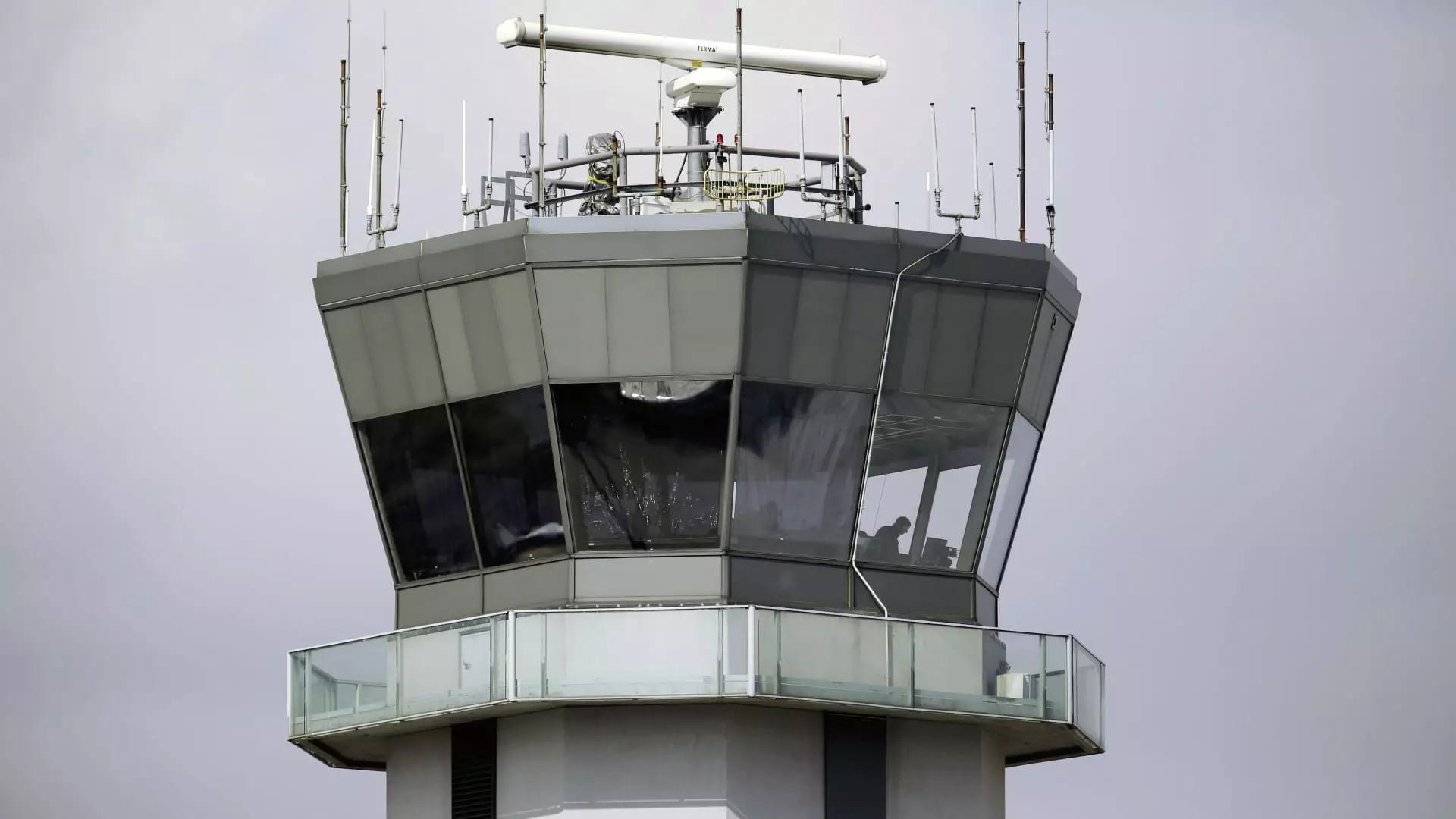The aviation industry is at a critical juncture, facing unprecedented pressure to modernize its infrastructure amid soaring travel demand. Thoughtful consideration of emerging technologies and workforce expansion is imperative as airlines continue to grapple with staffing shortfalls that have persisted for years. Notably, the recent tragic accident involving an American Airlines regional jet and an Army Black Hawk helicopter serves as a stark reminder of the risks associated with a strained air traffic control system. The loss of all 67 individuals on board underlines the paramount importance of addressing the systemic issues within U.S. air travel safety protocols.
The Challenges of Current Staffing Levels
Air traffic controller staffing is currently down by approximately 9% since 2012, while air travel has reached record highs. This concerning disparity between demand and resources is glaring, especially when members of the aviation industry provide compelling testimony to Congress about the risks involved. The president of the National Air Traffic Controllers Association, Nick Daniels, emphasized the urgent need for increased staffing not just as a matter of policy but as a fundamental step in ensuring safety in the skies. The situation calls for not just hiring but a strategic approach that encompasses comprehensive training, competitive salaries, and, quite importantly, a revitalization of worker morale.
Political and Budgetary Hurdles
The recent remarks from Transportation Secretary Sean Duffy showcase attempts by the Trump administration to tackle these issues. A proposed 30% raise in starting salaries for new air traffic controllers from the FAA’s academy is a commendable initiative. However, such changes are overshadowed by the administration’s broader approach to budget cuts, particularly the layoffs of around 300 FAA employees. These cuts, while possibly justified in other contexts, are detrimental to the morale of existing staff and hinder the FAA’s ability to modernize. David Spero, president of the Professional Aviation Safety Specialists, argues that indiscriminate dismissals not only demoralize the workforce but also distract the agency from its mission: ensuring safety in the aviation sector.
Concerns Over Conflicts of Interest
Complicating matters further is the involvement of billionaire advisor Elon Musk in cost-cutting discussions within the government. Given Musk’s connections to the aviation industry through SpaceX, questions arise regarding conflicts of interest that may cloud decision-making within the FAA. Democratic lawmakers have expressed concerns that Musk’s dual interests could lead to skewed policies in favor of corporate benefits rather than public safety. The potential ramifications on regulatory oversight could have long-lasting impacts on air travel, especially at a time when renewed focus on safety is paramount.
A Call for Committed Action
As the aviation sector stands at a crossroads, the time for decisive action is now. Advocates for air safety and efficiency must continue to press lawmakers for innovative solutions to address technology gaps and workforce shortages. Modernizing the air traffic control system is not merely an operational challenge; it is an ethical mandate that demands the attention and commitment of stakeholders at every level. Safety, after all, should never be compromised for the sake of budgetary constraints.


Leave a Reply